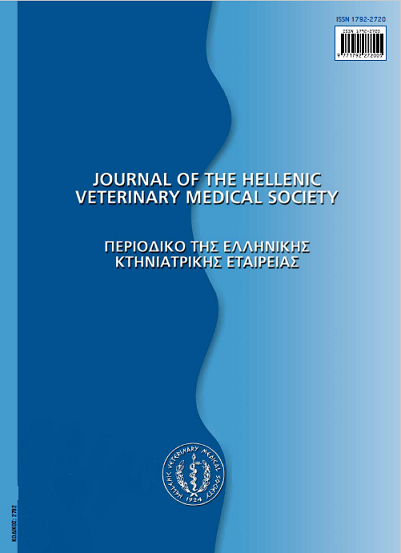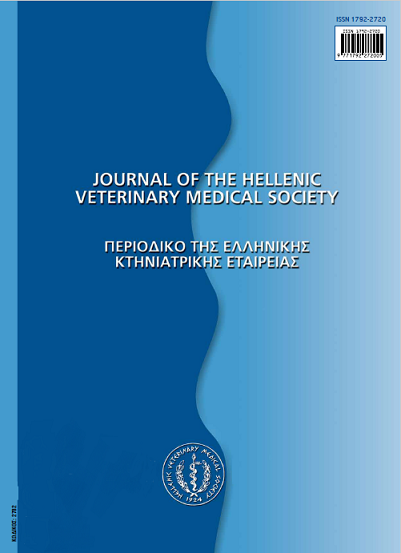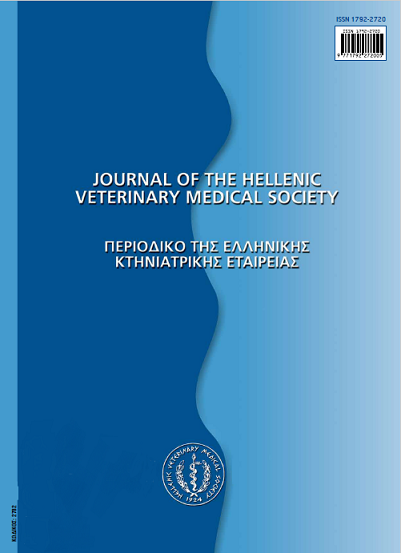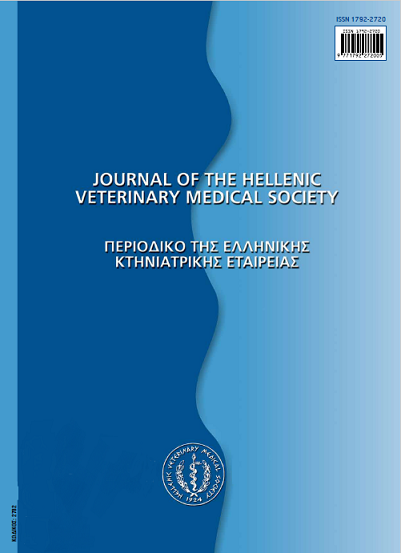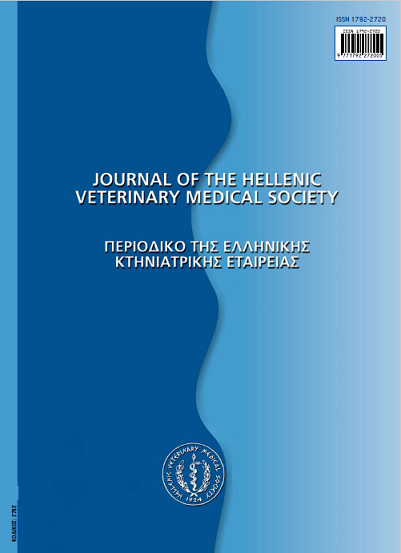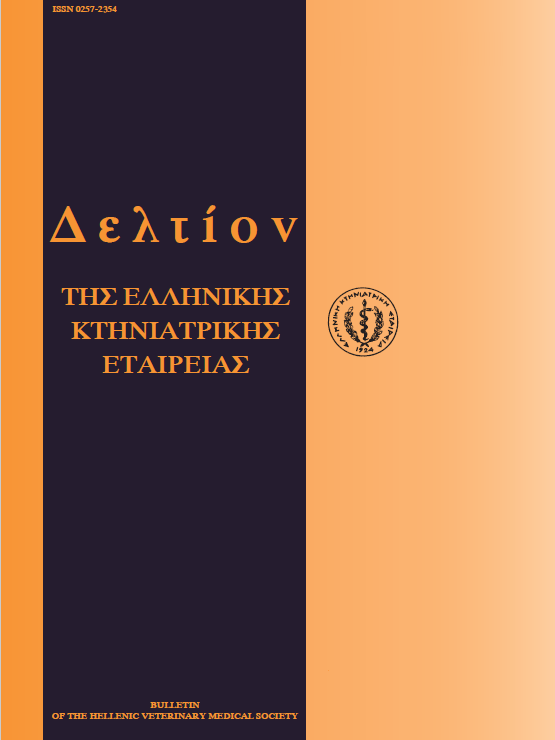Περιστατικό ψευδοφυματίωσης (υερσινίωσης) σε καναρίνια
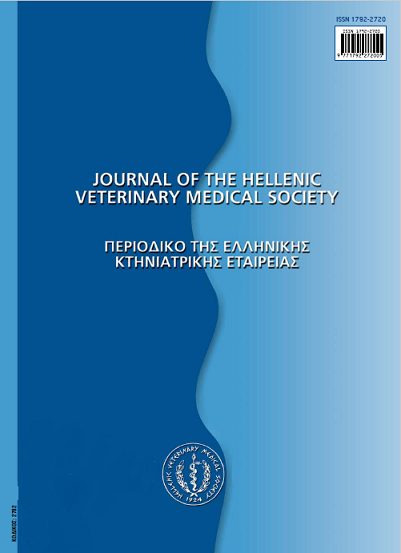
Περίληψη
Περιγράφεται η διαπίστωση περιστατικού ψευδοφυματίωσης σε καναρίνια και ο τρόπος αντιμετώπισης της. Η νόσος εμφανίστηκε σε κατάστημα πώλησης "πτηνών αναψυχής", όπου μαζί με τα καναρίνια υπήρχαν και άλλα είδη πτηνών, ταοποία επίσης είχαν προσβληθεί από τη νόσο. Αρχικά ασθένησαν τα καναρίνια και στη συνέχεια τα υπόλοιπα πτηνά. Οι κυριότερες μακροσκοπικές αλλοιώσεις που διαπιστώθηκαν χαρακτηρίζονταν από την ύπαρξη πολυάριθμων οζιδίων μεγέθους κεφαλής καρφίτσας μέχρι κεχριού στο παρέγχυμα του ήπατος και της σπλήνας, καθώς και στο τοίχωμα του εντέρου κατά εστίες. Επίσης, παρατηρήθηκε διόγκωση του ήπατος και της σπλήνας και υπεραιμία με εξέλκωση του βλεννογόνου του εντέρου. Στην ιστολογική εξέταση διαπιστώθηκαν στο παρέγχυμα του ήπατος και της σπλήνας και στοτοίχωμα του εντέρου εκτεταμένες εστίες πηκτικής νέκρωσης μέσα στις οποίες διακρίνονταν πολυάριθμες βοτρυοειδείς αποικίες Gram- αρνητικών κοκκοβακτηριδίων. Στη μικροβιολογική εξέταση των σπλάχνων απομονώθηκε και ταυτοποιήθηκε το βακτηρίδιοYersinia pseudotuberculosis. Η διαπίστωση της νόσου γίνεται για πρώτη φορά στην Ελλάδα. Η θεραπευτική αγωγή με ενροφλοξασίνη στη δόση των 150 mg/L πόσιμου ύδατος αποδείχθηκε περισσότερο αποτελεσματική στα αρχικά στάδια της νόσου και κυρίως στα άλλα είδη πτηνών.
Λεπτομέρειες άρθρου
- Πώς να δημιουργήσετε Αναφορές
-
IORDANIDIS (Π. ΙΟΡΔΑΝΙΔΗΣ) P., GEORGOPOULOU (Ι. ΓΕΩΡΓΟΠΟΥΛΟΥ) I., BOUGIOUKLIS (Π. ΜΠΟΥΠΟΥΚΛΗΣ) P., LEKKAS (Σ. ΛΕΚΚΑΣ) S., & KOUTSOPOULOS (Δ. ΚΟΥΤΣΟΠΟΥΛΟΣ) D. (2017). Περιστατικό ψευδοφυματίωσης (υερσινίωσης) σε καναρίνια. Περιοδικό της Ελληνικής Κτηνιατρικής Εταιρείας, 56(1), 20–26. https://doi.org/10.12681/jhvms.15065
- Τεύχος
- Τόμ. 56 Αρ. 1 (2005)
- Ενότητα
- Case Report
Οι συγγραφείς των άρθρων που δημοσιεύονται στο περιοδικό διατηρούν τα δικαιώματα πνευματικής ιδιοκτησίας επί των άρθρων τους, δίνοντας στο περιοδικό το δικαίωμα της πρώτης δημοσίευσης.
Άρθρα που δημοσιεύονται στο περιοδικό διατίθενται με άδεια Creative Commons 4.0 Non Commercial και σύμφωνα με την άδεια μπορούν να χρησιμοποιούνται ελεύθερα, με αναφορά στο/στη συγγραφέα και στην πρώτη δημοσίευση για μη κερδοσκοπικούς σκοπούς.
Οι συγγραφείς μπορούν να καταθέσουν το άρθρο σε ιδρυματικό ή άλλο αποθετήριο ή/και να το δημοσιεύσουν σε άλλη έκδοση, με υποχρεωτική την αναφορά πρώτης δημοσίευσης στο J Hellenic Vet Med Soc
Οι συγγραφείς ενθαρρύνονται να καταθέσουν σε αποθετήριο ή να δημοσιεύσουν την εργασία τους στο διαδίκτυο πριν ή κατά τη διαδικασία υποβολής και αξιολόγησής της.




